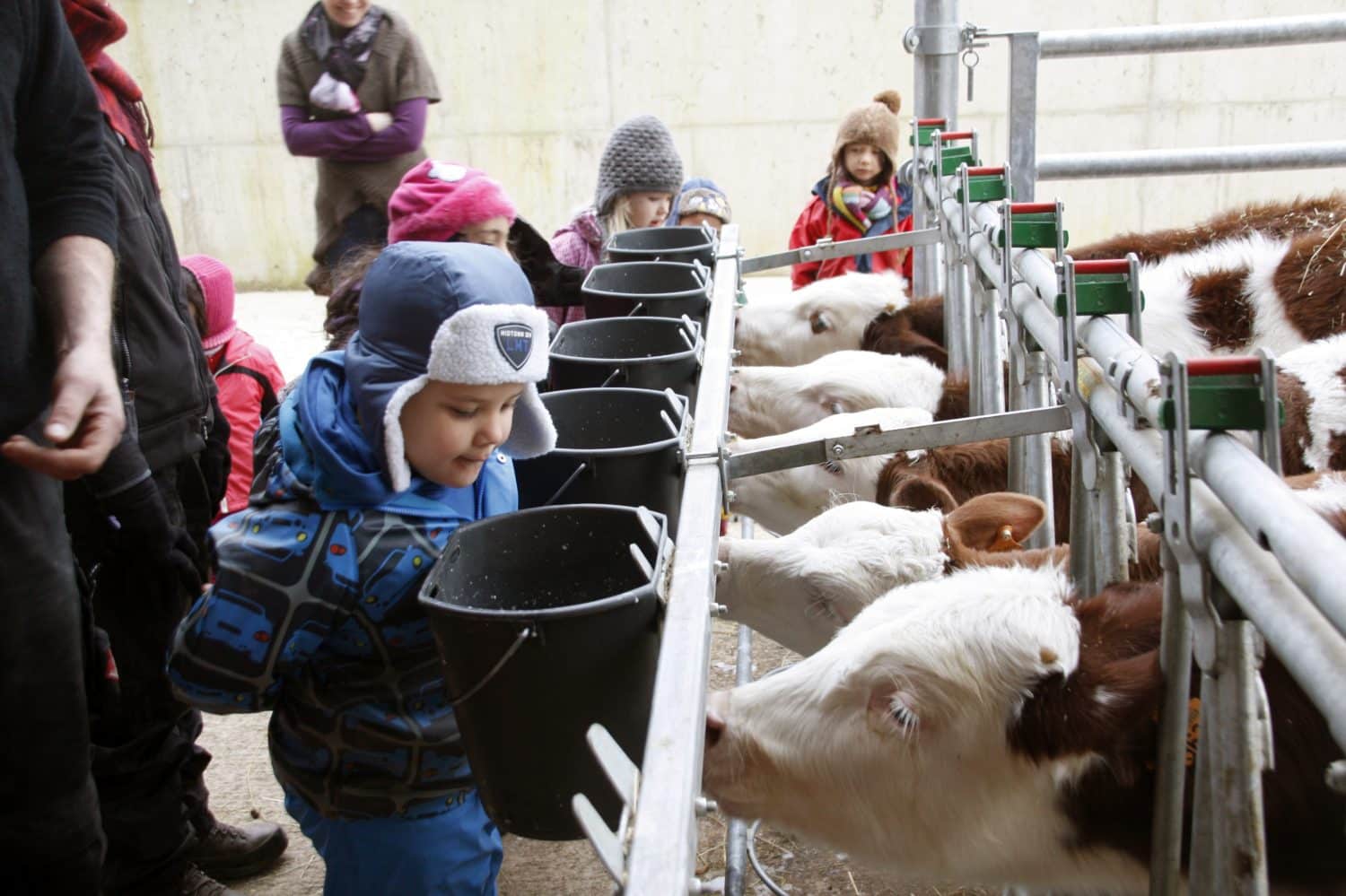Take home message
• there is an independent, protective effect for asthma and allergies of the raw milk itself
• there is a greater effect the more raw milk is consumed since the 1st year of life
There is a discussion, which part of the dairy farm is the most important in the immunological protection of young children. Earlier studies done were mainly on small farms, where the farm effect (contact with cows, barn dirt, hay) was difficult to separate from the raw milk effect. An epidemiological study conducted in Shropshire, England solved this problem (Perkin and Strachan, 2006). The study took place at much larger dairy farms, in comparison to those in Middle European mountain regions (Germany, Austria, Switzerland). Several groups of children were distinguished in England: (1) children who grew up on the farm with cows (farm children), (2) children of farm employees, who did not live on the farm themselves (farm laborer children) and (3) as control group, children who grew up in the village without any contact with the farm environment (village children). However, in all groups of children there were those who drank raw milk, although in England it was customary to give children milk only from the age of 1 year. This study made it possible to debate whether farm life or raw milk consumption are affecting the immune-related outcomes early in life.
The study yielded two important insights: (1) there was a beneficial effect of the consumption of raw milk in all groups of children, so independent of their place of living. The raw milk protection was found not exclusively in the farm children, but in all children; raw milk consumption showed a strong reduction in the allergic immune response in the children’s blood, measured as a lower IgE status. (2) Further, the researchers found that children who drank more raw milk per week were better protected, a so-called dose-effect result. The two results showed that something in raw milk supports the better immune response, independently from the farm; results improved when higher amounts of milk were consumed.




